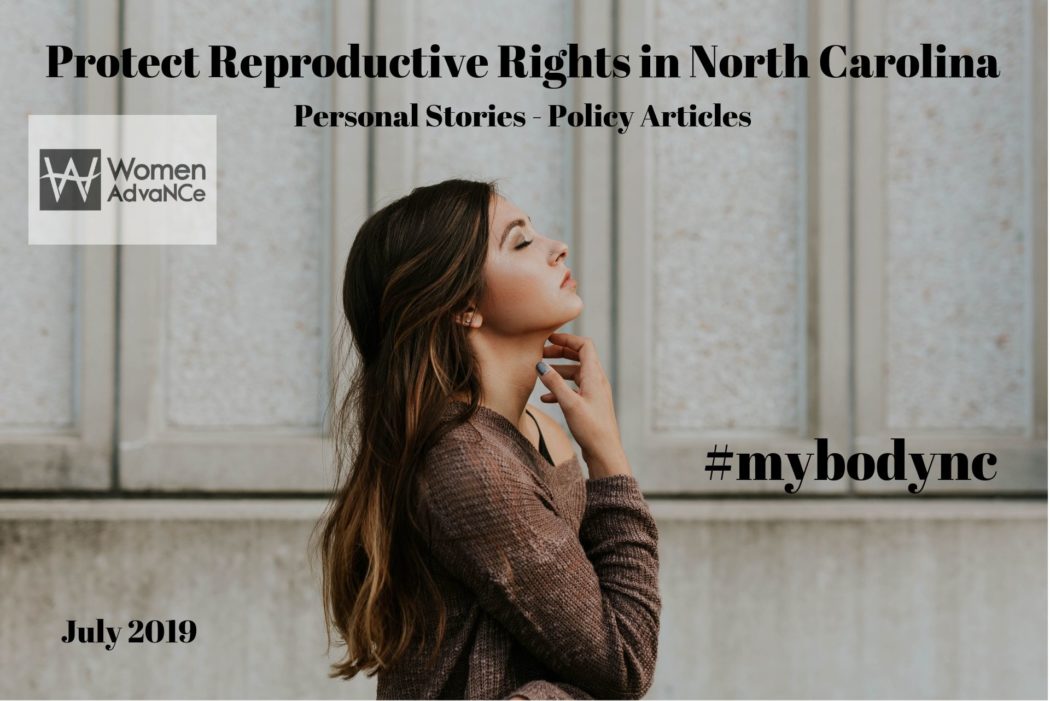 The “Never Again” coat-hanger posters often seen at pro-choice demonstrations are at once evocative and cautionary. They conjure up images of gruesome back-alley abortions of the not-so-distant past, while also carrying weighty implications for the future, especially given the very real possibility of the Supreme Court overturning Roe v. Wade. Many are speculating over what would result if this were to happen, fearing that abortion would revert to being an underground, unsafe operation. Before abortion was legal, women used whatever methods were available to them, ranging from sharp objects such as knitting needles (and yes, coat hangers) that could cause hemorrhaging and infection to toxic chemicals that could lead to kidney failure and death. Predictably, socioeconomic status and race impacted abortion access and outcomes. Generally, well-connected white women could find a doctor to perform the procedure, while poor women and women of color had to resort to more dangerous methods and faced higher chances of post-abortion complications. Despite the riskiness of the enterprise, deaths from illegal abortions decreased drastically over the 20th century as medicine improved. The widespread use of antibiotics, for example, prevented—and continues to prevent—many deaths.
The “Never Again” coat-hanger posters often seen at pro-choice demonstrations are at once evocative and cautionary. They conjure up images of gruesome back-alley abortions of the not-so-distant past, while also carrying weighty implications for the future, especially given the very real possibility of the Supreme Court overturning Roe v. Wade. Many are speculating over what would result if this were to happen, fearing that abortion would revert to being an underground, unsafe operation. Before abortion was legal, women used whatever methods were available to them, ranging from sharp objects such as knitting needles (and yes, coat hangers) that could cause hemorrhaging and infection to toxic chemicals that could lead to kidney failure and death. Predictably, socioeconomic status and race impacted abortion access and outcomes. Generally, well-connected white women could find a doctor to perform the procedure, while poor women and women of color had to resort to more dangerous methods and faced higher chances of post-abortion complications. Despite the riskiness of the enterprise, deaths from illegal abortions decreased drastically over the 20th century as medicine improved. The widespread use of antibiotics, for example, prevented—and continues to prevent—many deaths.
Mortality rates in countries where abortion is illegal are thankfully much lower today than in the past. Globally, the risk of serious complications from abortion has decreased by 42 percent since the early 90s. Medical abortions using drugs like misoprostol (legal in the U.S. and available on the black market in many parts of the world) are much safer than the invasive methods of the past (i.e. sharp curettage). Yet outdated, unsafe procedures are still used: of the estimated 56 million abortions in 2017, the Guttmacher Institute found that 45% were unsafe. From those unsafe abortions, 15% were in the “least safe” category, with complications including vaginal, cervical, and uterine injury, infection, hemorrhaging, and incomplete abortion. Complications still arise, and when they do, women often face serious challenges getting the care they need.
Punishment for abortion around the world generally entails jail time and/or fines, not only for the woman obtaining one, but for the medical provider as well. In South Korea, women can face a year in jail or a $1,850 fine and doctors can face up to two years in prison. (Alabama’s recent abortion law goes much further by imprisoning doctors for up to 99 years). Going to a hospital for medical attention presents a risk of being “found out.” In El Salvador, doctors are required to report patients suspected of having had an abortion to law enforcement. Laws like these break established norms of doctor-patient confidentiality and make women less likely to seek help when they need it. Moreover, there’s no way for doctors to tell the difference between a miscarriage and an abortion. Thus doctors are forced to play detective and are much more likely to suspect poor women. Heartbreakingly, many women are falsely convicted and penalized.
The World Health Organization cites restrictive laws as one of the main barriers to safe abortions. Restrictions and bans do more to make abortions unsafe than actually decrease their numbers. Abortion rates are higher in countries where it’s illegal (though economics and the quality of health care also play a role). So in states like Mississippi, Ohio, and Alabama gunning to do away with abortion rights, many people are understandably worried about what’ll happen if they succeed.
We could see a return of underground abortion networks like “Jane” in 1970s-era Chicago, but the more likely scenario would be a surge of internet site resources that already exist to provide mail-order self-managed abortions to women around the world. Law professor and author Michelle Oberman writes in the New York Times, “In the internet age, trying to stop abortion by closing clinics is like trying to eradicate pornography by seizing magazines.” Self-managed abortion is illegal in the United States, but many online abortion services are springing up in preparation for the Supreme Court overturning Roe. Restricting access to such sites would be hard to enforce, to say the least.
Overturning Roe would return abortion rights to the states, leading to huge disparities in who has access to abortion services. The Center for Reproductive Rights estimates that 23 states would be in jeopardy of abortion bans. In some states, this ban would be swift. Louisiana, Mississippi, North Dakota, and South Dakota all have “trigger” laws in place, which would make abortion illegal (except in cases where the mother’s life is in danger) immediately following a Roe v. Wade reversal. Women seeking an abortion in these areas would inevitably have to turn to unsafe methods, launching a public health crisis the likes of which we haven’t seen since 1973


There are no comments
Add yours